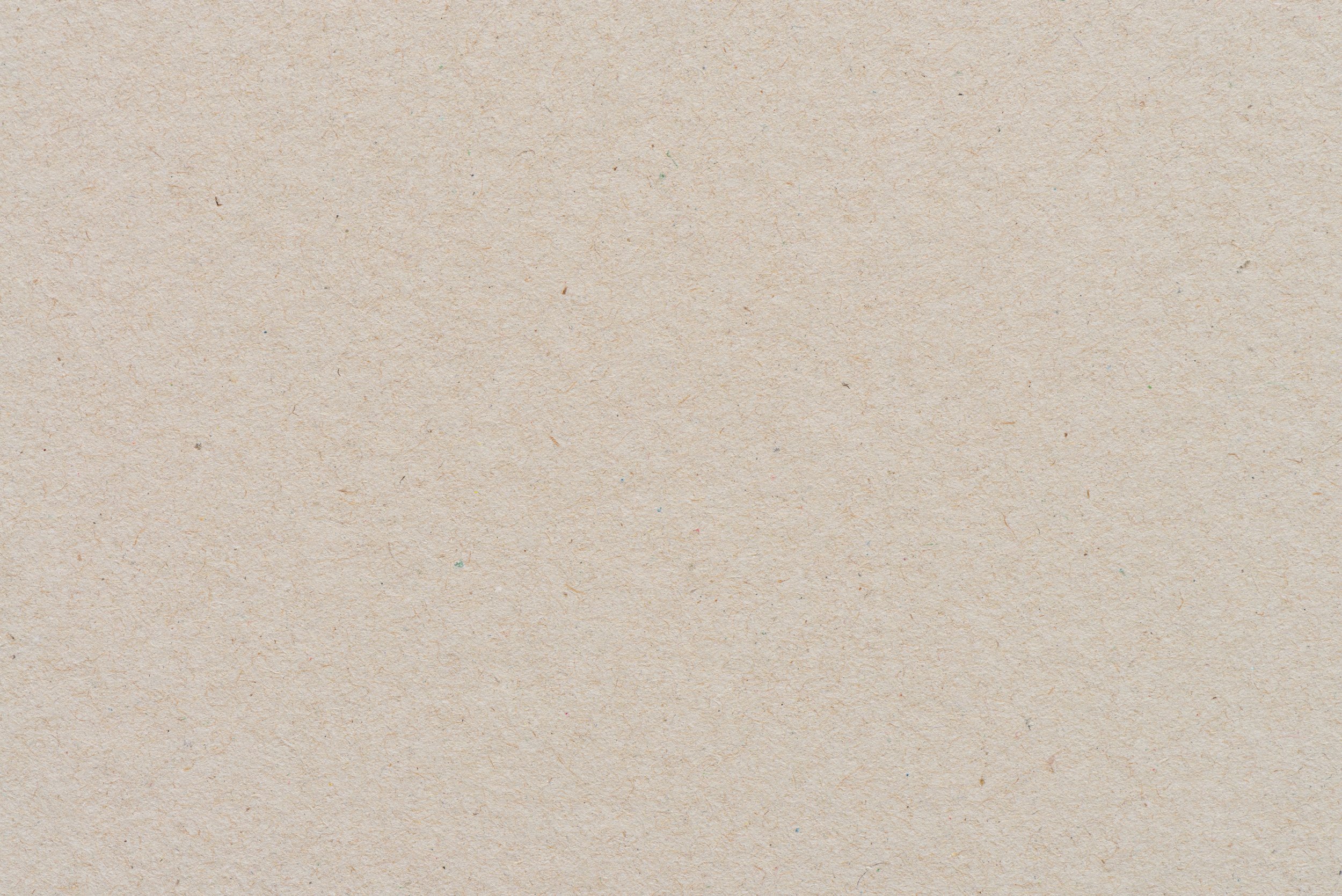
Exploring Water
LESSON 1
Children explore water through experiments, observing its transformation into steam and ice.
Bowls
Kettle or pot
Water
Outdoor space or freezer
Silicone molds or ice trays with fun designs (optional)
Materials
Gather materials
Set up a designated exploration area with bowls, a kettle, and additional materials.
Ensure a safe space for the child to observe water freezing, either in an outdoor area or a freezer.
Preparations
Facilitate a nurturing and open-ended learning environment that encourages exploration and curiosity.
Support children in developing practical life skills through hands-on experiences with water.
Foster language development by encouraging children to articulate their observations and ask questions.
Promote an understanding of basic scientific concepts through guided exploration.
Objectives for Teachers
Children engage in sensory exploration of water, promoting tactile and observational skills.
Children develop an understanding of the states of water (liquid, steam, and ice) through hands-on experiences.
Children practice fine motor skills by pouring water and transferring it between different containers.
Children cultivate curiosity and scientific inquiry by making observations and predictions about water transformations.
Objectives for Children

Collect and Connect
Create actions and practice saying the poem together.
White Fields
In the wintertime we go,
Walking in the fields of snow.
Where there is no grass at all.
Where the top of every wall,
Every fence and every tree,
Is as white as white can be.
And our mothers always know,
By the footprints in the snow,
Where it is the children go.
-James Stephens

Activity Flow
Begin by discussing the topic of water. Use open-ended questions to encourage their thoughts and ideas:
What do you know about water?
How does water feel?
Where have you seen water before?
2. Allow the child to explore water in two bowls using their hands. Discuss the sensations and characteristics of water. Encourage the child to describe what they observe and how the water feels.
3. Ask the child what they think would happen if you put the water in the freezer or in a kettle over a heat source. Allow them to share their ideas. Then try both of these experiments together.
4. Help your child pour the water from one bowl into a kettle, then place it on a heat source and bring to boiling. Once the water is boiling pour it back into the bowl and observe the rising steam, making sure to advise the children not to touch the water. Discuss the concept of water turning into steam and the changes in temperature through open ended questions:
What happened to the water in the kettle when it was heated?
Can you describe what steam looks and feels like?
How is steam different from liquid water?
Why do you think water turns into steam when it gets hot?
If we heat the water for a longer time, what do you think might happen?
How could we capture the steam and turn it back into liquid water?
5. Then take the other bowl of water and place it outside or in the freezer. Come back in a couple hours and discuss the transformation of water into ice and the concept of freezing through open ended questions:
What did you notice happening to the water when we put it in the freezer?
How does ice look and feel different from liquid water?
Why do you think water freezes in the freezer but not in the bowl at room temperature?
How does ice change when we bring it into a warmer environment?
Can you think of ways we use ice in our daily lives?
What happens to puddles and lakes during the winter season?
What would happen if we froze water in different-shaped containers?
Extension activity: Use silicone molds or ice trays with fun designs to freeze water into ice cubes. Observe how the water maintains the form of the mold.




